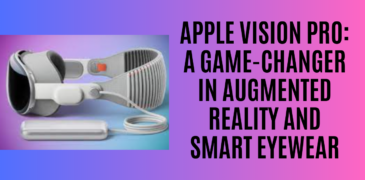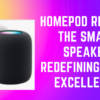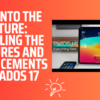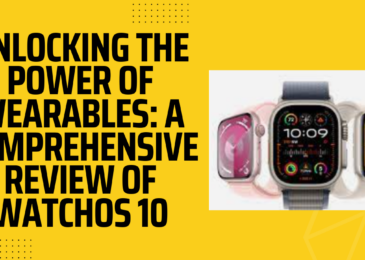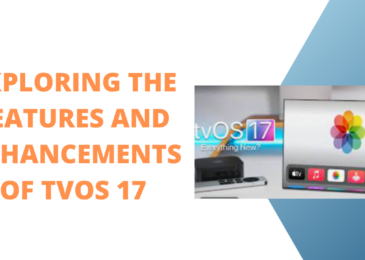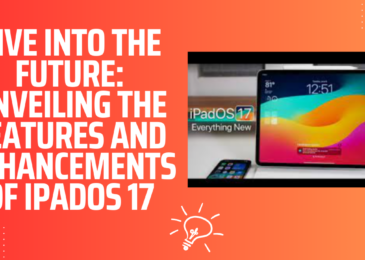Apple Vision Pro: A New Era in Augmented Reality
Setting the Stage at the Fieldhouse
Apple’s WWDC featured demos of the Vision Pro in a purpose-built cube called the Fieldhouse. The setup involved a brief iPhone-guided process including face and ear scans for spatial audio calibration.
Customization with Zeiss Lenses
A visit to a “vision specialist” fine-tuned the experience, ensuring glasses-wearers received the correct prescription. The Vision Pro, weighing just under a pound, is linked to a battery pack offering roughly two hours of usage via a braided white cable.
Seamless Power Options
The detachable cable connects to the headset with a mechanical latch, permanently affixed to the battery pack. For wall power, a USB-C adapter is plugged into the pack.
Apple Vision Pro: A Stunning Design
Timeless Aesthetics
The design of the Apple Vision Pro exudes elegance with brushed aluminum, sleek glass, and soft fabrics. While it embraces the latest technology, it channels a design reminiscent of the iPhone 6 more than the iPhone 14.
Optical Marvel: EyeSight
The front glass, though complex, doubles as a lens for cameras and an OLED screen to display your gaze when you’re interacting with others. The advanced EyeSight feature enhances this experience, although it wasn’t available for testing.
Impressive Camera Array
The headset boasts 12 cameras, a LIDAR sensor, a TrueDepth camera, and IR flood illuminators. This array ensures precise hand-tracking in low-light conditions.
Robust Processing Power
Driving the Vision Pro are Apple’s M2 and R1 processors, delivering substantial computing power. Given the thermal demands of these processors, the headset features an efficient ventilation system that draws in air from the bottom and expels it through the top.
Intuitive Controls: Digital Crown and Shutter Button
On the Apple Vision Pro headset, the top features a button on the left that acts as a shutter button for capturing 3D photos and videos. The headset’s controls aim to provide a seamless and user-friendly experience.
The Digital Crown: Navigation and Immersion Control
Situated on the right side, the Digital Crown serves as a versatile control element. A press of the crown brings up the home screen filled with app icons, while turning it adjusts the level of VR immersion, especially in specific modes. Apple envisions the middle immersion setting as a customizable workspace, where you can manage apps while maintaining visibility of your surroundings.
Effortless Eye Adjustment
Upon donning the Vision Pro headset, it performs an automatic eye adjustment, ensuring a quick and smooth fit. Unlike some VR devices with manual eye settings, Apple has designed a user-friendly experience, eliminating the need for manual dials and sliders. The result is a more efficient and convenient setup process.
Field of View: A Glimpse of the Real World
While Apple hasn’t divulged specific details about the field of view (FOV), it’s evident that the Vision Pro doesn’t offer a completely immersive experience. Users may still perceive some black areas in their peripheral vision, suggesting that the FOV may not be as extensive as portrayed in marketing materials.


